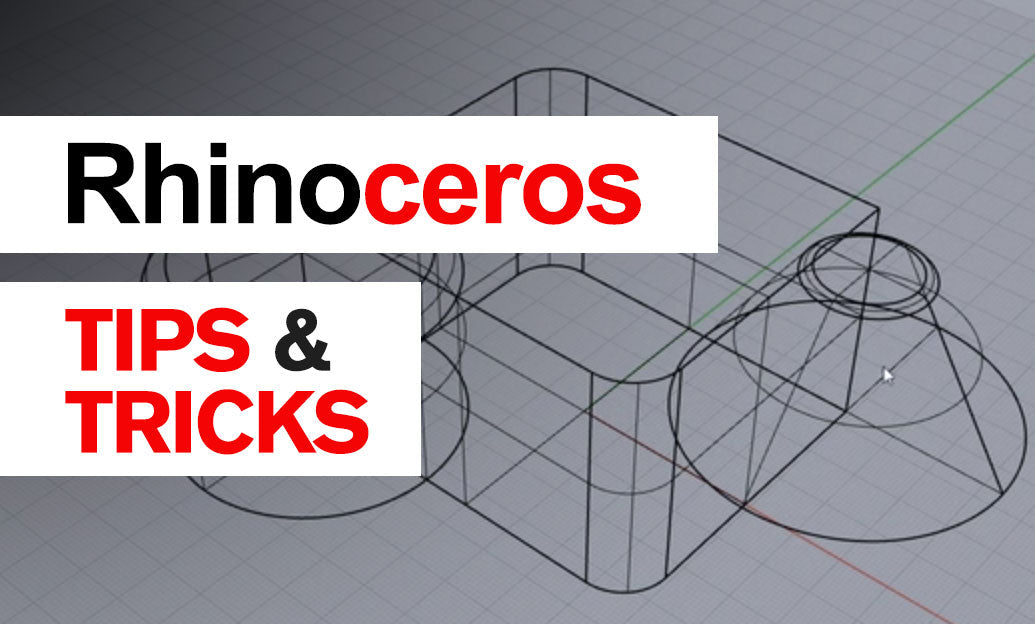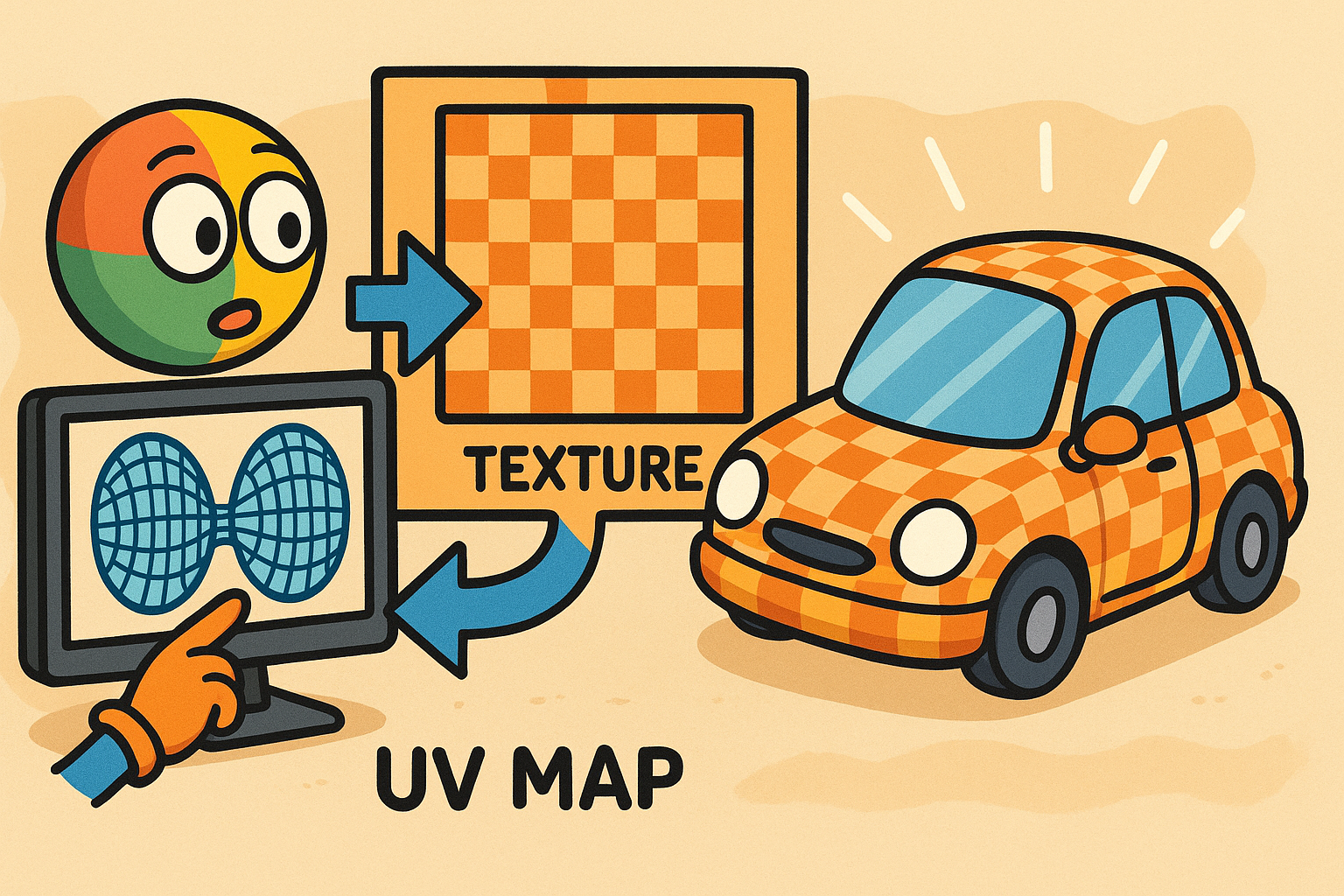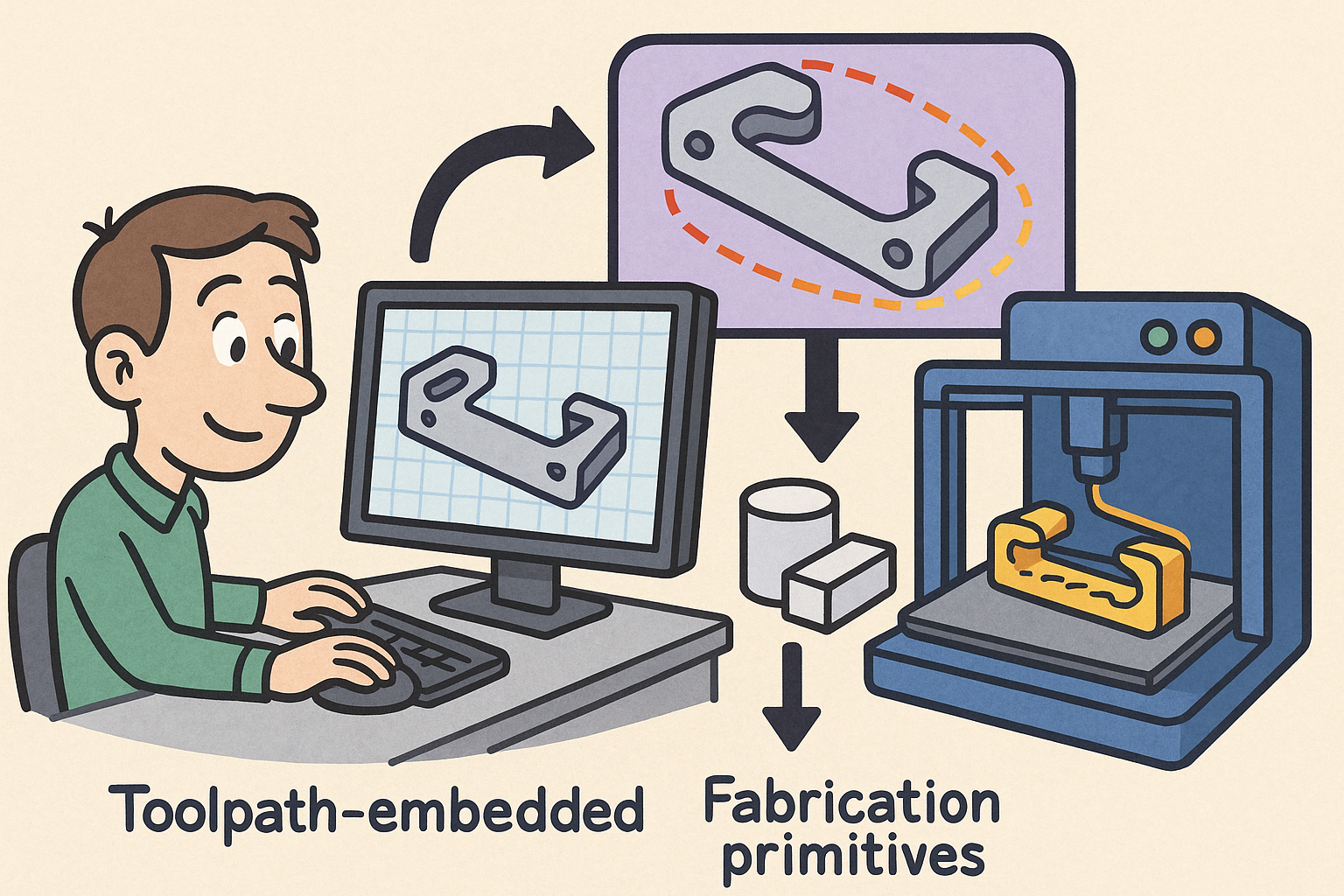Your Cart is Empty
Customer Testimonials
-
"Great customer service. The folks at Novedge were super helpful in navigating a somewhat complicated order including software upgrades and serial numbers in various stages of inactivity. They were friendly and helpful throughout the process.."
Ruben Ruckmark
"Quick & very helpful. We have been using Novedge for years and are very happy with their quick service when we need to make a purchase and excellent support resolving any issues."
Will Woodson
"Scott is the best. He reminds me about subscriptions dates, guides me in the correct direction for updates. He always responds promptly to me. He is literally the reason I continue to work with Novedge and will do so in the future."
Edward Mchugh
"Calvin Lok is “the man”. After my purchase of Sketchup 2021, he called me and provided step-by-step instructions to ease me through difficulties I was having with the setup of my new software."
Mike Borzage
Bridging Form and Function: The Convergence of Industrial Design and UX in Modern Design Software
June 14, 2024 3 min read


Introduction to the Convergence
The realms of industrial design and user experience (UX) design have traditionally operated in silos, each with its unique focus and methodologies. Industrial design concentrates on the physical aspect of a product, ensuring its functionality and manufacturability, while UX design focuses on the user's interaction with the product, aiming for ease of use and satisfaction. However, the increasing consumer demand for products that are not only functional but also aesthetically appealing and user-friendly has necessitated a closer integration of these two fields. Design software plays a crucial role in this convergence, offering tools and features that bridge the gap between form and function.
Key Areas of Convergence in Design Software
As the intersection of industrial design and UX grows, several key areas within design software have emerged as pivotal in facilitating this integration:
- Collaborative Tools: Software solutions now offer real-time collaboration features, allowing industrial designers and UX/UI designers to work together seamlessly, irrespective of their physical locations. This collaboration ensures a cohesive design process from the product's conception to its final output.
- Simulation and Prototyping: The ability to quickly prototype and simulate user interactions with a product is critical in the iterative design process. These tools enable designers to validate and refine both the product's form and its interaction models, ensuring a harmonious balance between usability and aesthetics.
- Visual and Interaction Design Tools: Modern design software integrates visual design elements and interaction design frameworks. This allows industrial designers to incorporate UX considerations directly into the product design, ensuring a unified approach to aesthetics and functionality.
- User Research and Feedback Integration: Incorporating user feedback into the design process is now streamlined with design software, enabling both industrial designers and UX professionals to make informed decisions that enhance the product's usability and appeal.
Case Studies and Examples
Several industries exemplify the successful convergence of industrial design and UX through the use of advanced design software:
For consumer electronics, the integration of sleek, ergonomic hardware with intuitive software interfaces has become a hallmark of successful products. Design software enables teams to co-create these aspects, resulting in devices that are not only beautiful but highly functional.
In the automotive industry, manufacturers leverage design software to integrate UX into vehicle dashboards and interfaces, enhancing the driving experience by making it more interactive and user-friendly.
Wearable technology presents a unique challenge in marrying form with user interface, due to the limited space for interaction. Design software facilitates a tight integration of physical design and digital UX, leading to wearables that are not only functional but also fashionable.
Future Trends and Predictions
The future of design software is poised to further erase the boundaries between industrial design and UX, driven by several emerging trends:
- AI and Machine Learning: Predicted to revolutionize design, AI can automate aspects of the design process, from generating initial concepts to personalizing user experiences. This will enable designers to focus on higher-level creative and strategic activities.
- Sustainability and Ethics: As global awareness of sustainability issues grows, design software is increasingly incorporating tools to help designers make environmentally friendly and ethically sound decisions throughout the design process.
- Augmented Reality (AR) and Virtual Reality (VR): AR and VR tools are set to transform product testing and user experience design, allowing for immersive simulations of product interactions in a controlled, virtual environment.
In conclusion, the ongoing convergence of industrial design and UX is a testament to the evolving landscape of product development. Embracing this integration through advanced design software is not just beneficial—it is essential for companies aiming to stay competitive and meet the sophisticated needs of future consumers. By leveraging collaborative tools, simulation and prototyping capabilities, and incorporating user feedback into the design process, designers can create products that truly resonate with users on both a functional and emotional level.
Also in Design News

Rhino 3D Tip: Validate Curvature and Surface Fairness in Rhino
December 15, 2025 2 min read
Read More
Design Software History: UV Mapping and Texture Pipelines: From Parameter Spaces to Product Visualization
December 15, 2025 11 min read
Read More
Path-First Modeling: Embedding Toolpath-Aware Constraints and Fabrication Primitives into CAD Kernels
December 15, 2025 13 min read
Read MoreSubscribe
Sign up to get the latest on sales, new releases and more …


